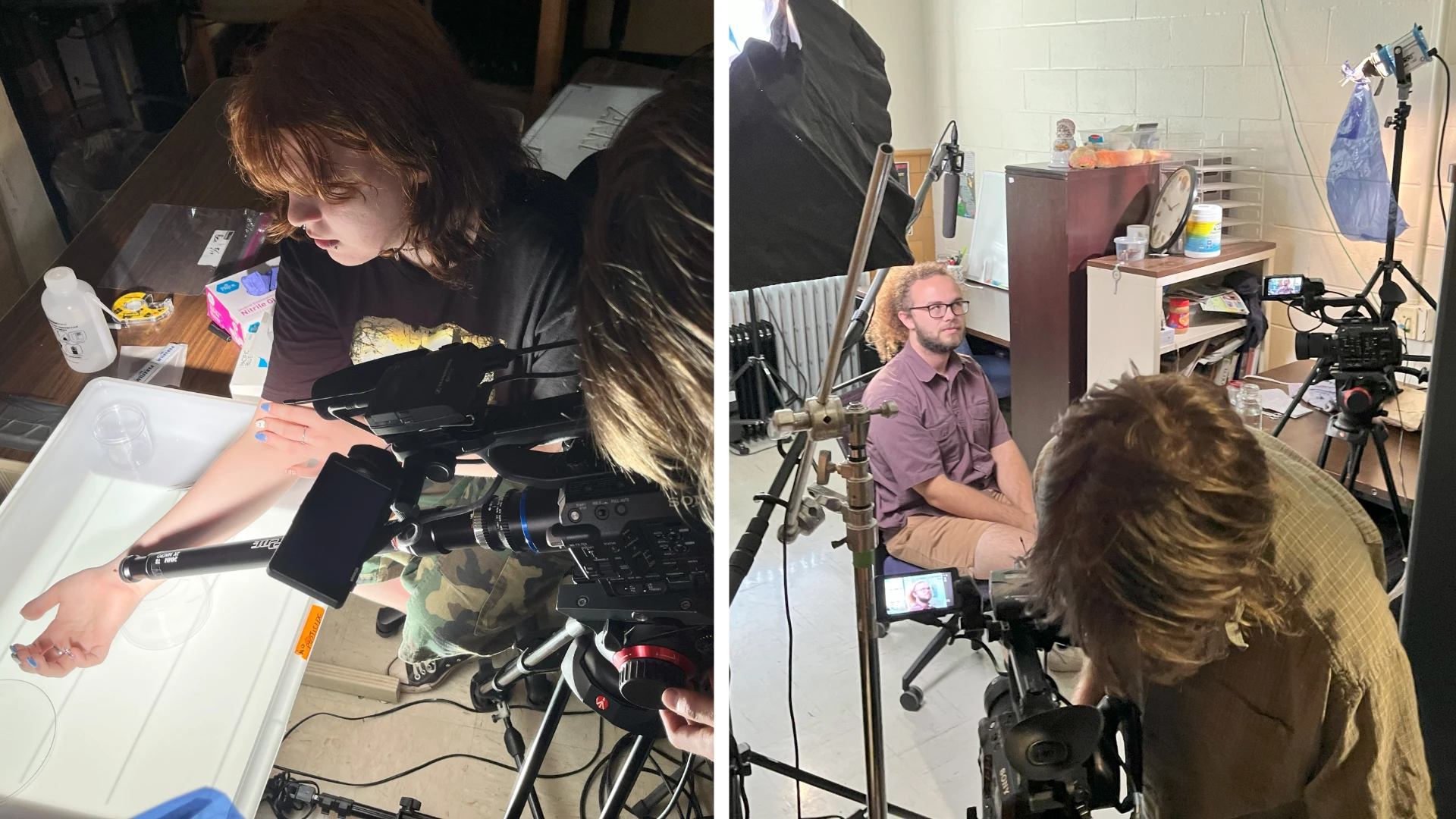Do you believe in coincidence? You know, when two things that seemingly don’t have much to do with one another end up being similar? It happens all the time here at PCT.
In this month’s issue, like we always do, we feature two columns in the back of the magazine. The first, Tech Talk, is written by various members of Copesan Services, which is an alliance of pest management firms throughout North America. As the name implies, the columns are typically related to technical/pest/insecticide topics. In the other column, we rotate three columnists: Missy Henriksen of the Professional Pest Management Alliance in PPMA Pulse; Kim Kelley-Tunis of Rollins in Pest Perspectives; and Cindy Mannes of Arrow Exterminators in Mannes on Marketing. Those columns obviously feature content related to the authors’ areas of expertise.
This month, coincidentally, both Tech Talk and Mannes on Marketing feature a topic that is not as widely discussed as technical training in our industry: communication. Keith Daniels’ Tech Talk column, “Communication: The Important Component Our Industry Often Overlooks,” says even though pest management is obviously why you’re at the account, communication with the client is just as important as inspecting and placing baits.
In Mannes’ column, she discusses “Marketing to Your Employees to Grow Your Business.” And what’s one of the key ways to “market” to your employees? Share with them your marketing strategy and plan. “Your employees should be as well informed about your marketing strategy and tactics as you are,” Mannes said. “If you spend all your time and effort marketing to customers, but forget to communicate with your frontline team, you are leaving opportunity on the table.”
How well do you communicate? For as much as I am a talker, I know I am not the world’s best communicator. And even though I’ve been an editor at PCT for 15+ years, my editing and writing skills are often far from perfect. In fact, it’s something I work hard every day to improve. I rely on my teammates — Dan Moreland and Brad Harbison — to help me make gooder better my writing. I refer to outside resources as well.
I recently received an email from such a resource that offered tips for editors to improve everything from their grammar to time management. It offered the following writing tips, which I think apply to all business owners, not just those in the professional writing business.
A portion of that article from Editors Only (www.editorsonly.com), written by Peter P. Jacobi, professor emeritus at Indiana University, is called “A-B-C-C” and its intent is to help folks focus and improve their writing. Here are his (abbreviated) tips:
A: Be accurate. Work with the best, most carefully sought out and checked material possible. Readers want and tend to trust the writers they turn to. And correct spelling and punctuation and solid grammar don’t hurt.
B: Be brief. Don’t waste words. Say what needs to be said as succinctly as possible. And that’s not easy. You must make every word count and make every moment the reader agrees to spend with you worthwhile.
The first C: Be clear. The reader must understand your language and grasp your meaning without you giving him or her fits.
The second C: Be complete. Make sure the five Ws and the H — the who, what, where, when, why and how — have been taken care of. You must strive to make sure you’ve selected the most important, the most interesting and the most meaningful details.
All of those tips boil down to being a clear and concise communicator. I hope you’ll check out the columns in this issue to see if your firm’s communication skills can be improved upon. I know they made me think a bit!
The author is editor of PCT magazine.

Explore the August 2013 Issue
Check out more from this issue and find your next story to read.
Latest from Pest Control Technology
- Andrea Hancock Named CEO of Mattress Safe
- Pest Pathogens & Bio-Sanitation: PMP Opportunities For Offering Healthier Living Spaces
- What Every PMP Needs to Know About Cockroach Legs
- Bird Flu: What PMPs Need to Know
- Orkin Ad Campaign Features Termite-Damaged Wood as Artwork
- Envu Announces Partnership with BioConsortia
- Understanding Green Pest Control vs. Organic Pest Control
- PNWPMC Boasts Industry Trainings, Technology Growth





